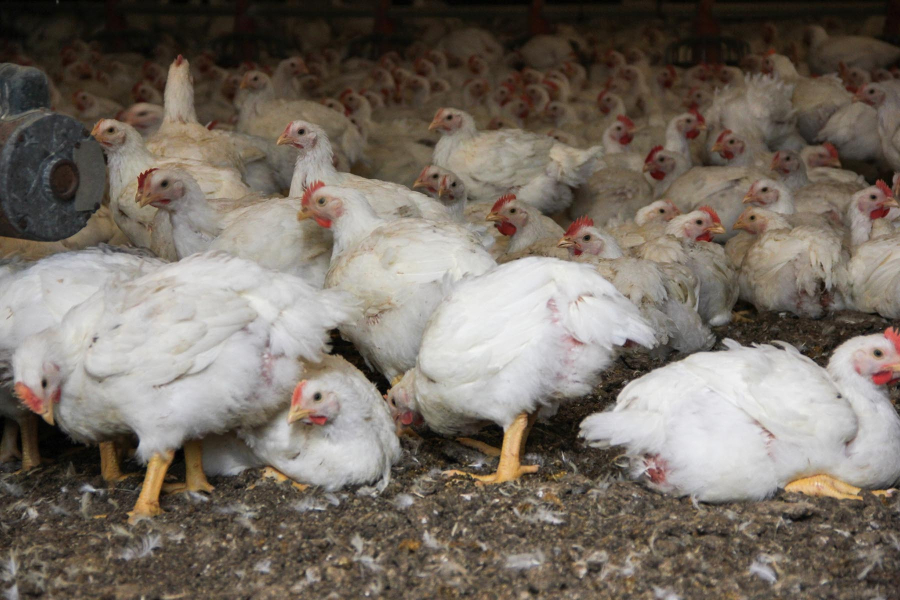"Land and Litter" group proposes plan for Delmarva poultry manure
Group suggests collaborative approach would support both agriculture and Bay health

A new report from the Delmarva Land and Litter Work Group—a partnership of poultry and grain producers, conservation partners, academic experts and other stakeholders—outlines the group’s recommendations for reducing nutrient pollution related to poultry manure, or “litter,” on the Eastern Shore of the Chesapeake Bay.
Known as the Delmarva Peninsula, the land to the east of the Bay includes parts of western Delaware and eastern Maryland and Virginia. It is also responsible for a disproportionate amount of the excess nitrogen and phosphorus polluting the estuary, according to a report from the U.S. Geological Survey (USGS) released earlier this year. But the Delmarva Land and Litter Work Group is committed to improving the relationship between agriculture and Bay health, encouraging responsible nutrient management and promoting alternative uses for manure and poultry litter.
To support the group’s vision of a healthy and productive Chesapeake Bay, the report recommends developing action plans for the research, implementation, funding and coordination of regulations for nutrient management programs and technologies. Along with the report, members of the work group announced the launch of the Delmarva Land and Litter Challenge, an initiative to unite stakeholder groups and take the lead on the responsible use of manure and poultry litter.
Livestock manure and poultry litter are often applied to farmland as a form of fertilizer, providing crops with the nutrients they need to grow. When more litter is applied to the land than is needed by crops, nutrients can build up in the environment. Eventually, these nutrients flow into streams, rivers and the Chesapeake Bay, where they can fuel the growth of harmful algae blooms that block sunlight and create low-oxygen “dead zones” that suffocate marine life.
Under the clean water goals of the Chesapeake Bay Watershed Agreement, which encompasses the Chesapeake Bay Total Maximum Daily Load (TMDL), Bay Program partners are working with farmers across the watershed to reduce the amount of nutrients entering local waterways.
The report, New Approaches to Poultry Litter Management in the Chesapeake Bay Watershed: Win-Win Pathways for Agriculture and the Bay, is available online.

Comments
There are no comments.
Thank you!
Your comment has been received. Before it can be published, the comment will be reviewed by our team to ensure it adheres with our rules of engagement.
Back to recent stories